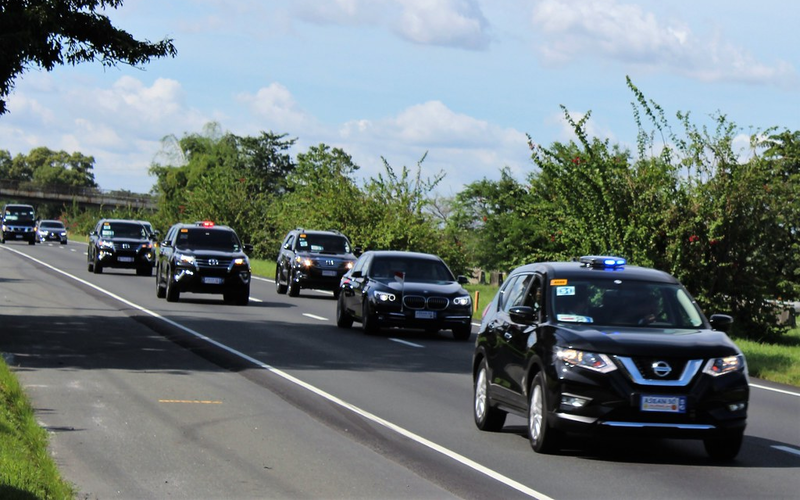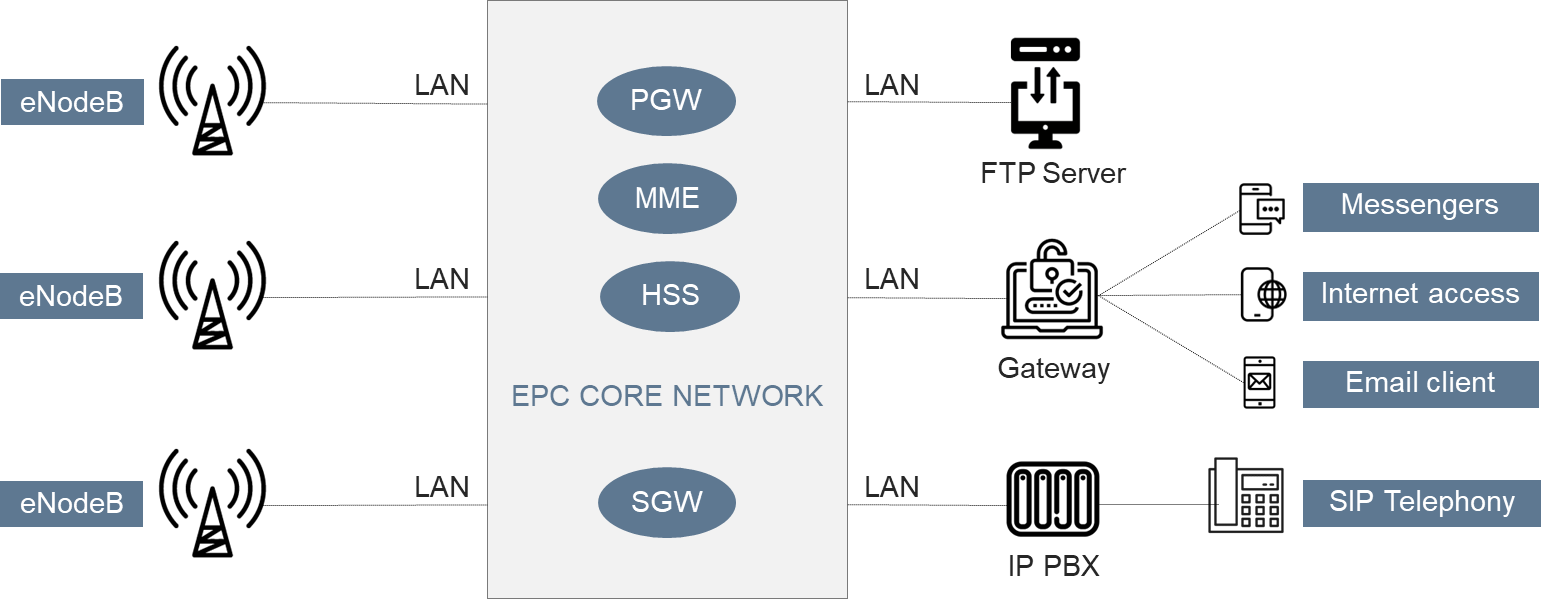CONVOY BACKUP COMMUNICATIONS NETWORK

Micronet-LTE serving cell, operated at frequencies offset from the current frequency plan, can be installed in one of the VIP or military convoy vehicles. This enables vehicle-to-vehicle communications, independent internet access, and access to other public telephone networks.




